How Gamification Uncovers Nuance In The Learning Process
Gamification can clarify not just success and failure but the nuance of student performance in every step of the learning process.
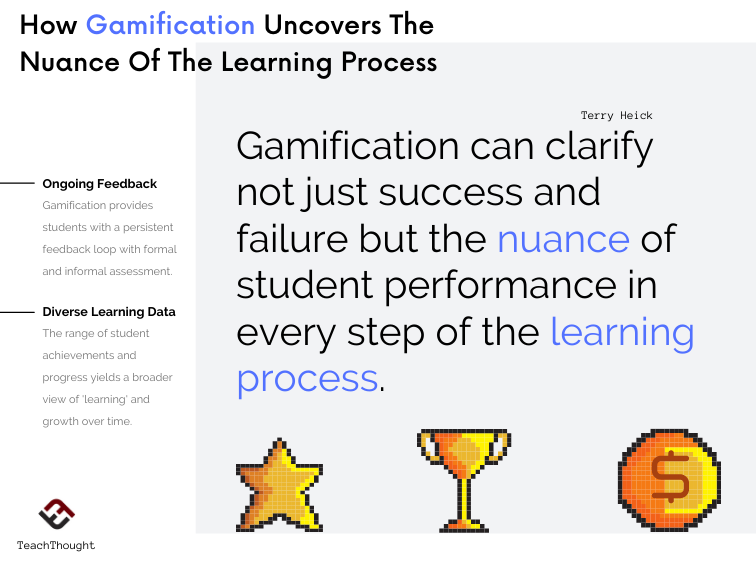
Gamification can clarify not just success and failure but the nuance of student performance in every step of the learning process.

Educational gamification doesn’t mean turning every lesson into a game but rather using game features to enrich lessons.
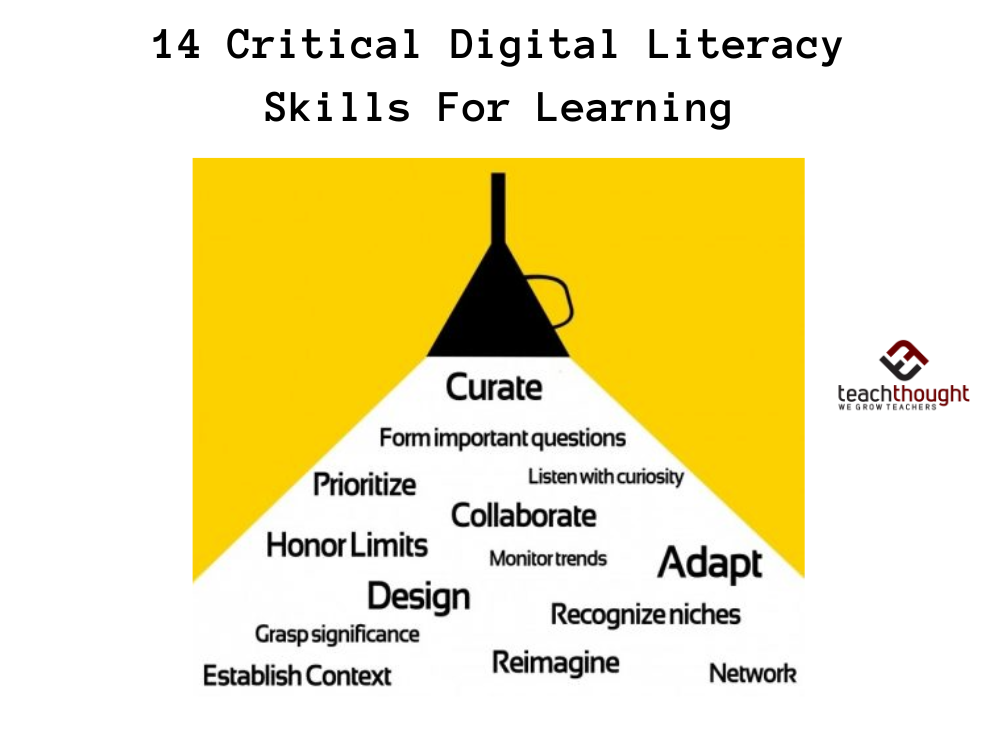
The term ‘gamification’ first gained widespread usage in 2010 referring to incorporation of social/reward aspects of games into software.

If you want to be more aware of what gamification, these examples may be useful if for nothing else than to be more intentional in using it.
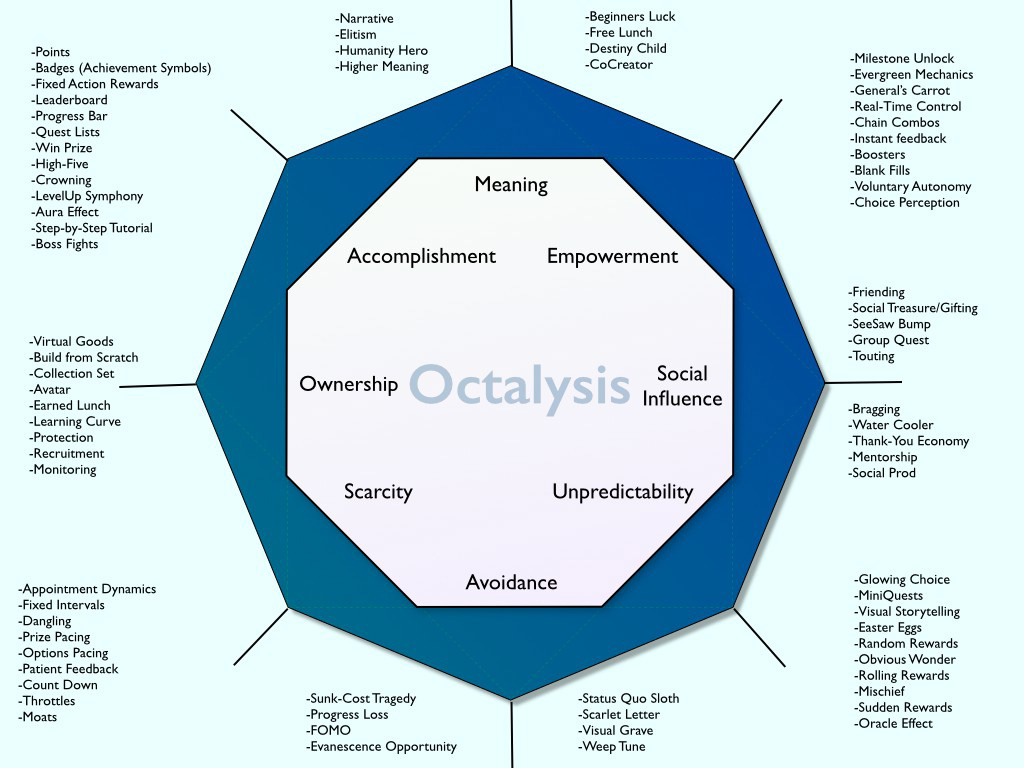
Education also withholds permanent markers of performance until the end of a semester to motivate students and demonstrate control.
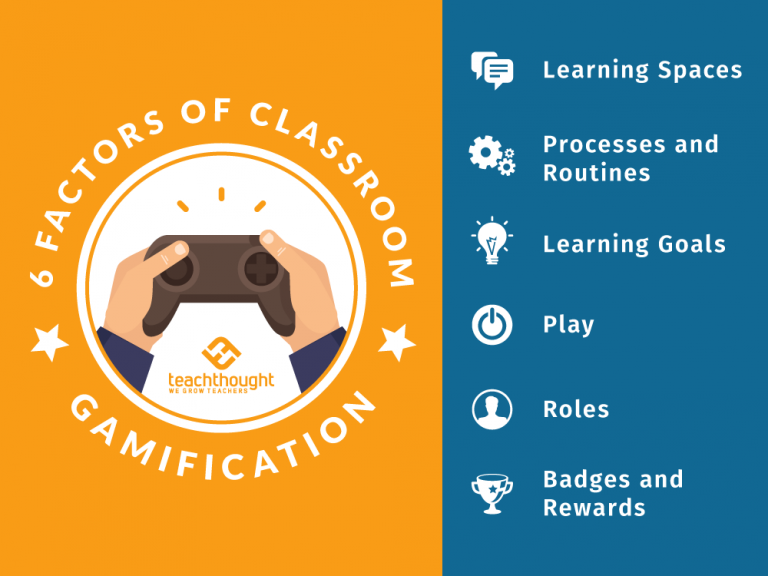
As a student, I got to learn more about the power of ‘gamifying’ something, and what effect it had on learners.
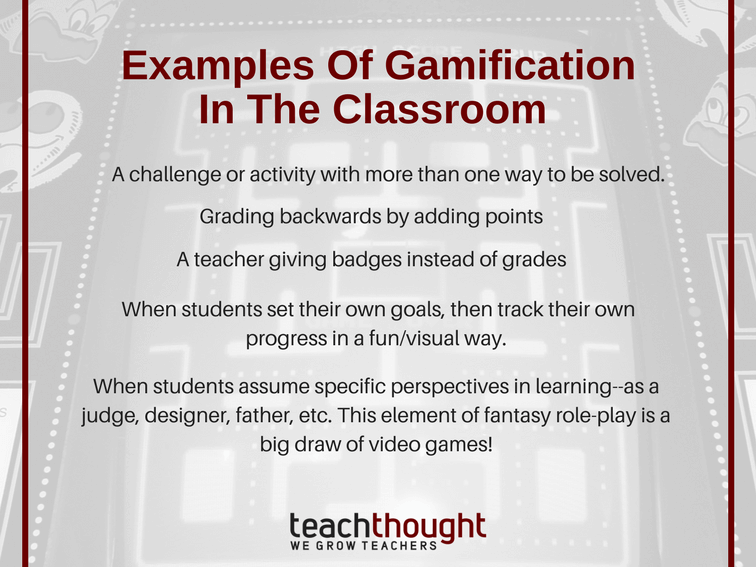
Examples of gamification include additive grading, using levels of progress, creating learning badges or trophies to include, and more.
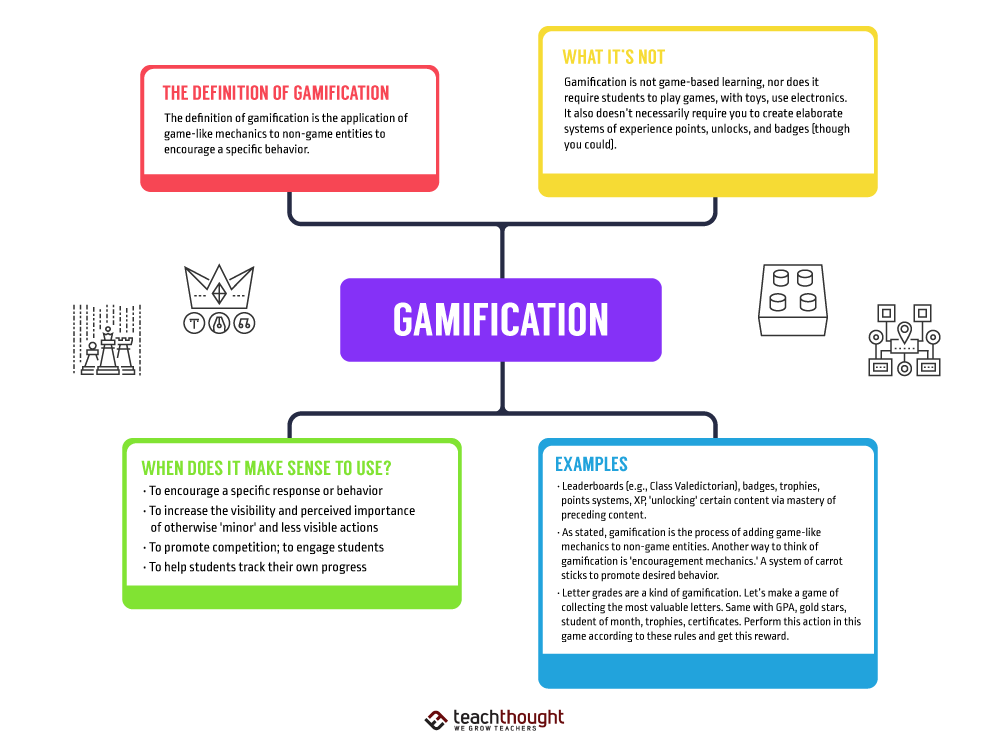
The definition of gamification is the application of game-like mechanics to non-game entities to encourage a specific behavior.
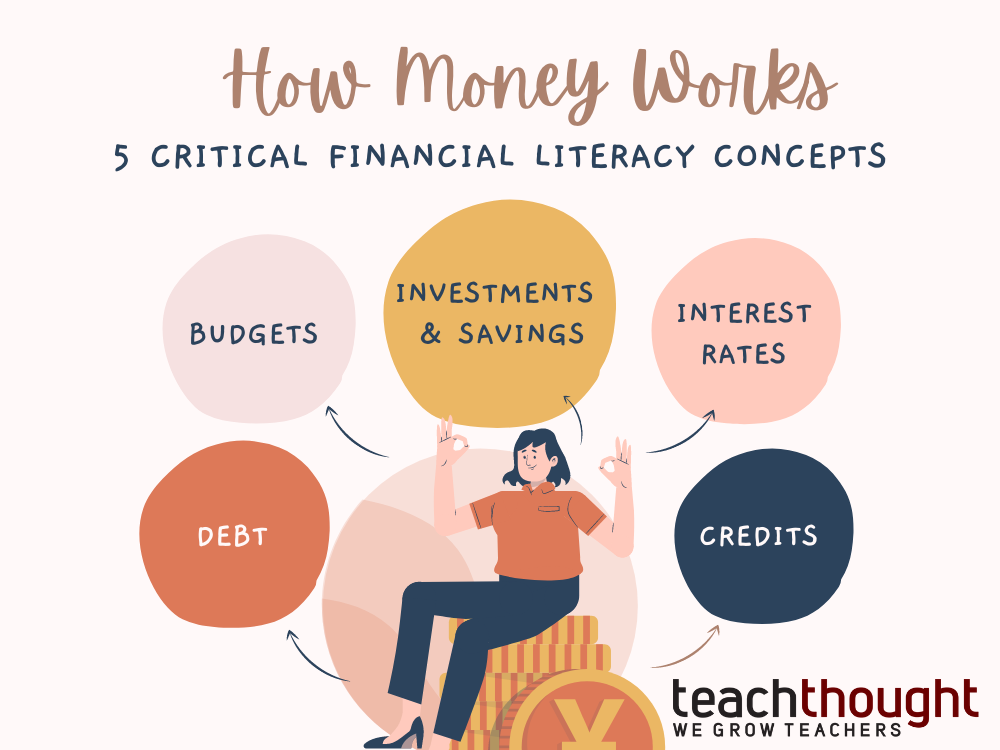
New technology can pick up on nuances that perhaps would otherwise slip through the cracks in traditional learning environments.
Gamification is a trend that has gained momentum in industries from business to education. Often confused with game-based learning, gamification is simply the application of ‘game-like components’–also called ‘encouragement mechanics’–to a non-game entity. Offering a credit card color based on spending limits, or virtual badges for checking-in via social media, are both examples of gamification….

One student engagement strategy is to offer diverse pathways through content–pathways students would have to ‘unlock’ to progress.
End of content
End of content